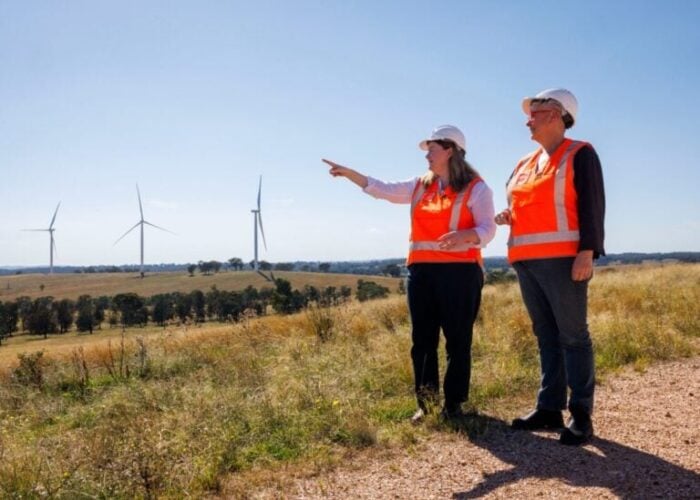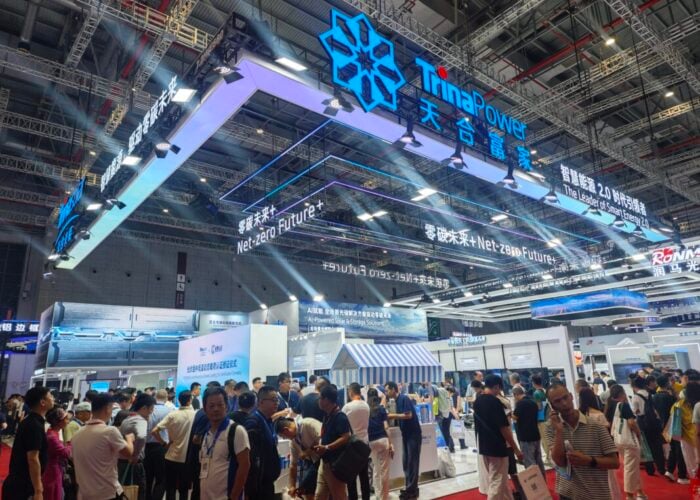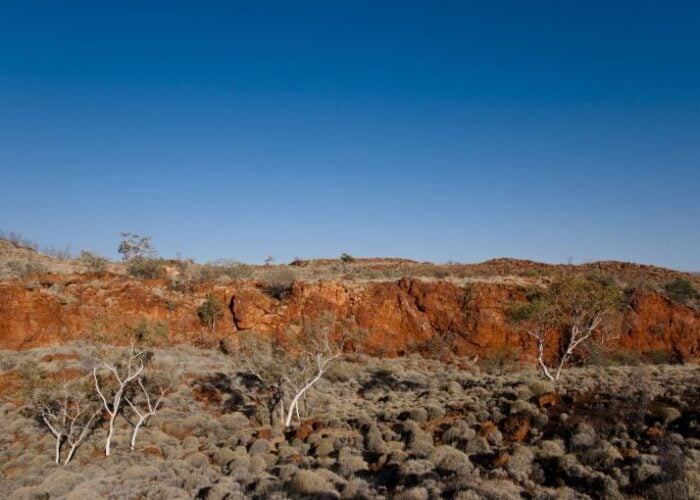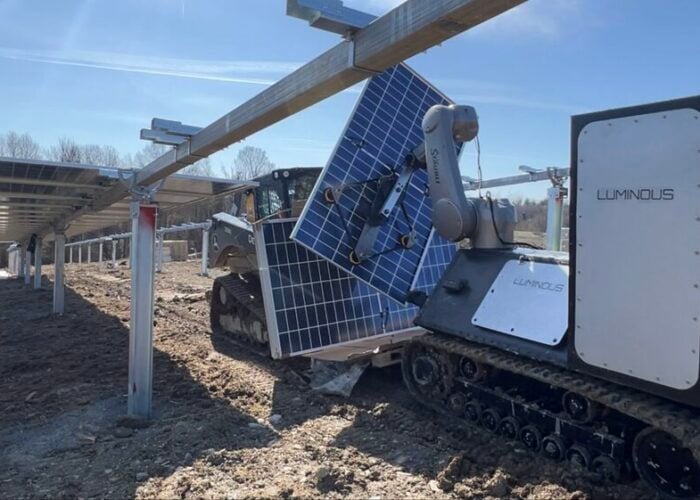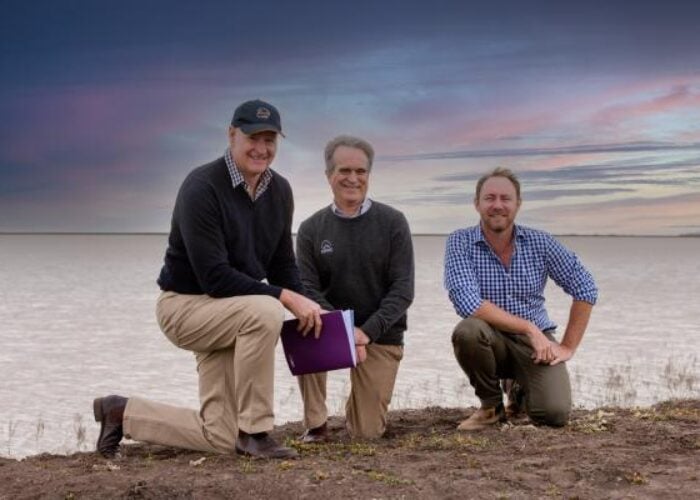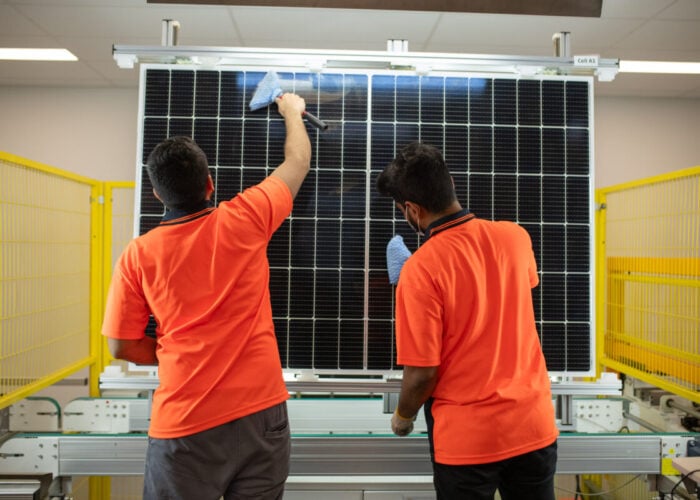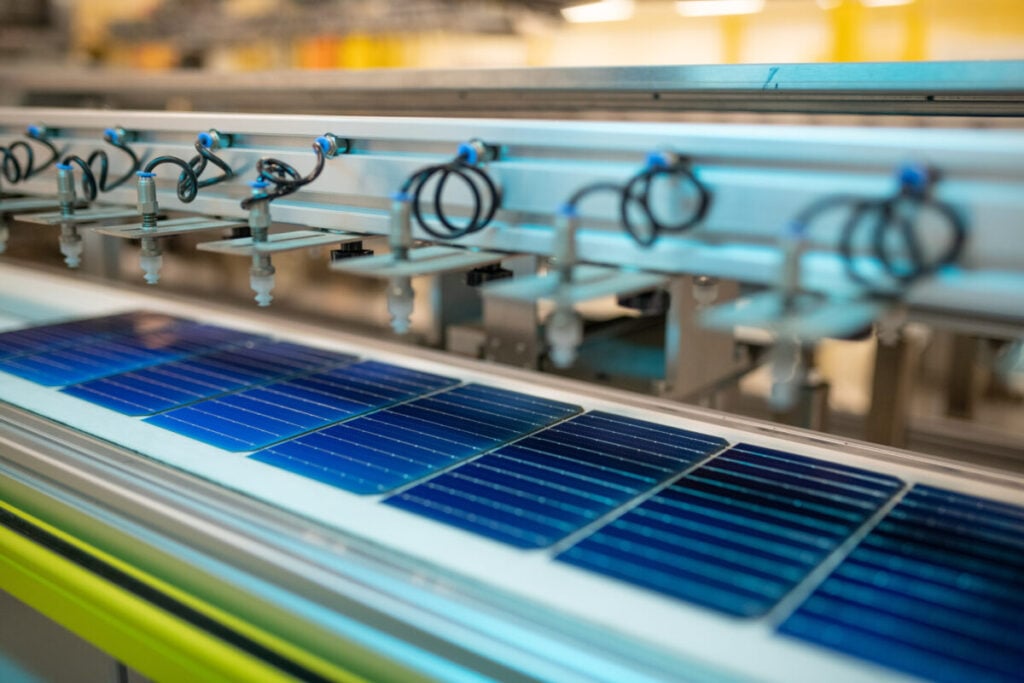
The United States Studies Centre (USSC), a think tank based at the University of Sydney, has said that Australia has an opportunity to “fill niche gaps in the global solar supply chain” but risks relying on Chinese imported goods.
Detailed within the Should Australia make solar panels? Supply chain security through global engagement report, Australia’s reliance on China for its solar PV modules is clear. Yet, the USSC claims that the Solar Sunshot programme aims to wean the country off imports for its energy transition.
Unlock unlimited access for 12 whole months of distinctive global analysis
Photovoltaics International is now included.
- Regular insight and analysis of the industry’s biggest developments
- In-depth interviews with the industry’s leading figures
- Unlimited digital access to the PV Tech Power journal catalogue
- Unlimited digital access to the Photovoltaics International journal catalogue
- Access to more than 1,000 technical papers
- Discounts on Solar Media’s portfolio of events, in-person and virtual
This has been disputed by ARENA CEO Darren Miller, who exclusively told PV Tech that the programme is not designed to compete with China but to provide additional support for the global energy transition.
“The programme’s aim is not to produce solar panels that are much cheaper than China; it’s just not realistic. We don’t expect that we will supply all of our own products. We’re still hoping for and expecting the current good trading relationship with China to continue indefinitely,” Miller said.
“It’s much more of a collaboration rather than a competition. It’s not about isolation; it’s about global trading, strong global trade, and relationships established through this programme.”
However, the USSC agrees with Miller that Australia’s supply chain needs to be diversified to help the country maximise the economic benefits of the energy transition. The report states that Australia’s best chance to build supply chain reliance is to contribute to a globally diversified solar supply chain.
USSC director of economic security Hayley Channer notes, “Australia has an opportunity, not just to be onshore but to fill niche gaps in the global solar supply chain and, in so doing, build resilience in this supply chain. In this way, Australia can multiply its industrial policy output by supporting global trade flows at the same time it looks more inwards for solutions.”
Implementing an import diversification strategy
The USSC details several recommendations Australia could implement to help diversify its supply chain and strengthen it against geopolitical concerns.
One recommendation suggests that the country look to pursue an import diversification strategy, strengthening links with Southeast Asian, Indian and American solar manufacturers.
This is something that appears to be gaining traction both in Australia and internationally. For example, Indian solar module manufacturer Waaree Energies recently formed an Australian wholly-owned subsidiary called Waaree Renewable Energies Australia Pty Limited.
The new subsidiary comes as Australia and India increasingly grow closer in securing each respective energy transition. The India-Australia Renewable Energy Partnership (REP) launched at the Group of 20 (G20) summit in Rio de Janeiro, Brazil, in November.
The REP aims to provide the framework for practical cooperation in priority areas such as solar PV, green hydrogen, energy storage, two-way investment in renewable energy projects and upgraded skills training for the future renewable energy workforce.
Alongside India, Southeast Asian countries have also been scaling their respective module manufacturing capabilities. Indonesia, which, according to global accounting giant PwC, will become the world’s fourth-largest economy by 2050, has seen an influx of manufacturing plants being developed in the country.
US-based solar manufacturer Thornova Solar recently started producing solar modules for the US market at a plant in Indonesia. The new module production line has a 2.5GW nameplate capacity and can produce both PERC and n-type technologies.
In late September 2024, solar manufacturer SEG Solar started construction on a vertically integrated 5GW ingot-to-module TOPCon solar PV plant in the central Java province. Construction started less than six months after the company unveiled its plan to build the plant in May 2024.
SEG Solar expects to complete the first phase of the site by Q2 2025. No additional timeline has been disclosed for subsequent phases.
Alongside SEG Solar, Singapore-headquartered PV manufacturer Gstar recently started construction on a 3GW silicon wafer plant located in Jakarta. The plant is expected to start production by the end of 2024.
The USSC also recommends that Australia leverage diplomatic and education networks to advocate for the country’s role in a global solar supply chain through linked industrial policies or research partnerships.
Australia should also look to ensure that Solar Sunshot investments incorporate projects’ contributions to a globally resilient supply chain in its assessments. The USSC states that this could include conducting a sector assessment under the National Interest Framework to target funding at certain supply chain segments.

